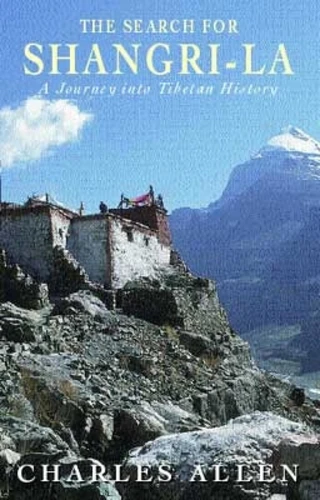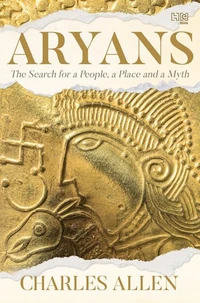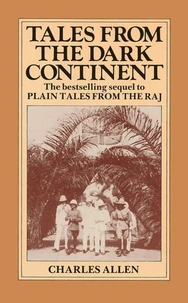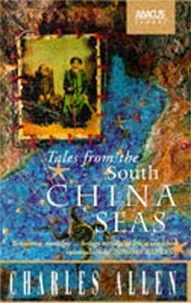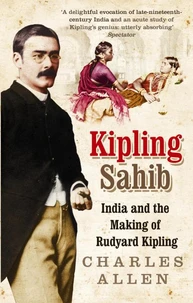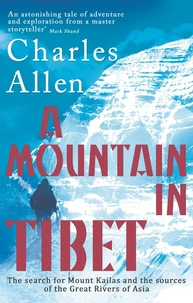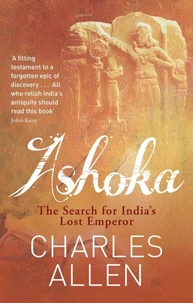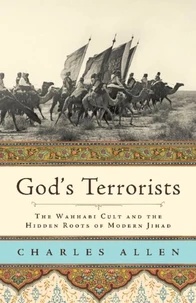The Search For Shangri - La. A Journey into Tibetan History
Par :Formats :
Disponible dans votre compte client Decitre ou Furet du Nord dès validation de votre commande. Le format ePub protégé est :
- Compatible avec une lecture sur My Vivlio (smartphone, tablette, ordinateur)
- Compatible avec une lecture sur liseuses Vivlio
- Pour les liseuses autres que Vivlio, vous devez utiliser le logiciel Adobe Digital Edition. Non compatible avec la lecture sur les liseuses Kindle, Remarkable et Sony
- Non compatible avec un achat hors France métropolitaine
 , qui est-ce ?
, qui est-ce ?Notre partenaire de plateforme de lecture numérique où vous retrouverez l'ensemble de vos ebooks gratuitement
Pour en savoir plus sur nos ebooks, consultez notre aide en ligne ici
- Nombre de pages320
- FormatePub
- ISBN978-0-349-14218-0
- EAN9780349142180
- Date de parution04/11/2015
- Protection num.Adobe DRM
- Infos supplémentairesepub
- ÉditeurAbacus
Résumé
The idea of a hidden refuge, a paradise far from the stresses of modern life, has universal appeal. In 1932 the writer James Hilton coined the word 'Shangri-La' to describe such a place, when he gave that name to a hidden valley in the Himalayas in his novel LOST HORIZON. In THE SEARCH FOR SHANGRI-LA acclaimed traveller and writer Charles Allen explores the myth behind the story. He tracks down the sources that Hilton drew upon in writing his popular romance, and then sets out to discover what lies behind the legend that inspired him.
In the course of a lively and amusing account of his four journeys into Tibet, Allen also gives us a controversial new reading of the country's early history, shattering our notions of Tibet as a Buddhist paradise and restoring the mysterious pre-Buddhist religion of Bon to its rightful place in Tibetan culture. He also locates the lost kingdom of Shang-shung and, in doing so, the original Shangri-La itself: in an astounding gorge beyond the Himalayas, full of extraordinary ruins.
In the course of a lively and amusing account of his four journeys into Tibet, Allen also gives us a controversial new reading of the country's early history, shattering our notions of Tibet as a Buddhist paradise and restoring the mysterious pre-Buddhist religion of Bon to its rightful place in Tibetan culture. He also locates the lost kingdom of Shang-shung and, in doing so, the original Shangri-La itself: in an astounding gorge beyond the Himalayas, full of extraordinary ruins.
The idea of a hidden refuge, a paradise far from the stresses of modern life, has universal appeal. In 1932 the writer James Hilton coined the word 'Shangri-La' to describe such a place, when he gave that name to a hidden valley in the Himalayas in his novel LOST HORIZON. In THE SEARCH FOR SHANGRI-LA acclaimed traveller and writer Charles Allen explores the myth behind the story. He tracks down the sources that Hilton drew upon in writing his popular romance, and then sets out to discover what lies behind the legend that inspired him.
In the course of a lively and amusing account of his four journeys into Tibet, Allen also gives us a controversial new reading of the country's early history, shattering our notions of Tibet as a Buddhist paradise and restoring the mysterious pre-Buddhist religion of Bon to its rightful place in Tibetan culture. He also locates the lost kingdom of Shang-shung and, in doing so, the original Shangri-La itself: in an astounding gorge beyond the Himalayas, full of extraordinary ruins.
In the course of a lively and amusing account of his four journeys into Tibet, Allen also gives us a controversial new reading of the country's early history, shattering our notions of Tibet as a Buddhist paradise and restoring the mysterious pre-Buddhist religion of Bon to its rightful place in Tibetan culture. He also locates the lost kingdom of Shang-shung and, in doing so, the original Shangri-La itself: in an astounding gorge beyond the Himalayas, full of extraordinary ruins.

